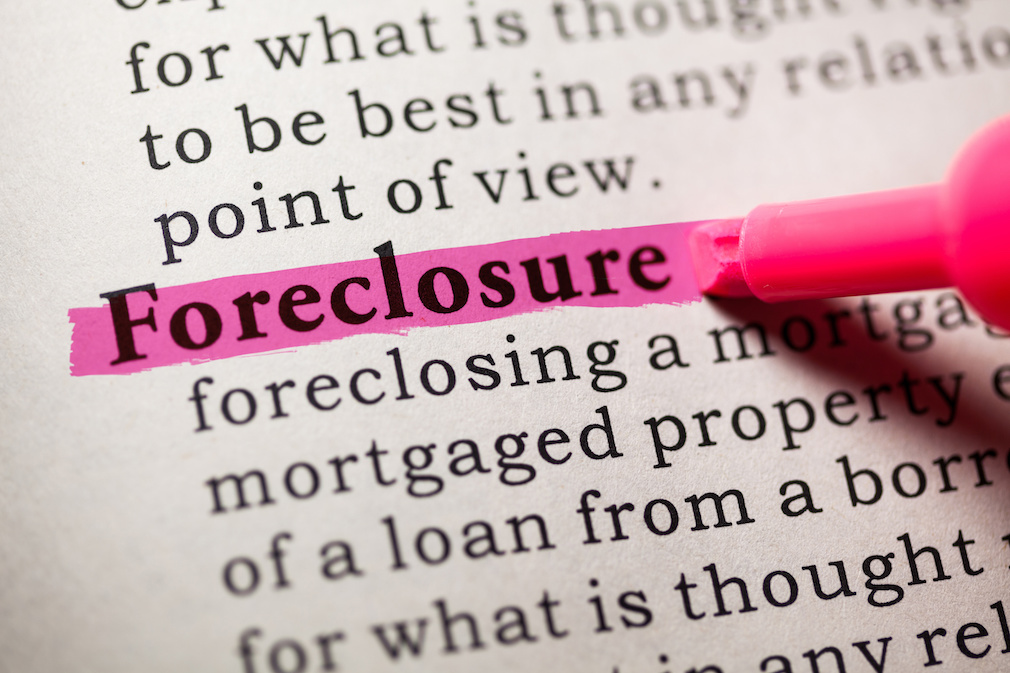The 16-month robo-signing saga ends with a $26 billion settlement.
Nearly all 50 states agreed to a deal with Bank of America (BAC), JPMorgan Chase (JPM), Wells Fargo (WFC), Ally Financial (GJM) and Citigroup (C). Oklahoma AG Scott Pruitt is the only one not to sign.
If another nine smaller servicers join the settlement, the deal could rise to $30 billion.
Evidence arose showing these firms and their processors allegedly signed foreclosure documents en masse without a proper review of the loan file, evicted homeowners while in the modification process, and other abuses.
Iowa Attorney General Tom Miller led a multistate coalition with the Justice Department and the Department of Housing and Urban Development beginning in October 2010. Since then, a settlement has been perpetually imminent as negotiations dragged on in the largest federal settlement with a single industry since a deal with tobacco companies in 1998.
Roughly $5 billion of the funds will be used as $2,000 payouts to hundreds of thousands of borrowers affected by the abuses and were foreclosed on between the beginning of 2008 and the end of 2011. A portion of the $5 billion will also go to the states.
Nearly 8.9 million properties recieved at least one foreclosure filing since 2007, according to RealtyTrac.
Another $17 billion will be used as “credits” toward writing down principal on roughly 1 million loans mainly held in the bank servicing portfolios. However, officials said some of the principal reductions will go toward mortgages in private-label securities, meaning investors will take some of the hit. However, the “credits” would be significantly less for mortgages held in private MBS holdings.
Banks must comply with any pooling and servicing agreements with investors, meaning before a servicer can write down principal on a mortgage in a privately held MBS, it must pass the net-present value test. Only “a couple” of the servicers would do this, officials said.
Roughly $10 billion of the $17 billion held for principal reduction credits will go to borrowers who are delinquent on their mortgages.
Not every dollar the servicers reduce from the principal will be “credited” from the $17 billion the banks agreed to. For every dollar forgiven, roughly 50 cents or less will be credited under the $17 billion number. Officials said the settlement would ultimately result in an estimated $45 billion in total principal reductions.

Another $3 billion will be spent on refinancing borrowers who owe more on their mortgage than their home is worth. The servicers will send plans to an oversight monitor to be determined on how they would solicit borrowers for the refinance program.
As part of the deal, Bank of America will send $1 billion cash to the Federal Housing Administration as part of the settlement.
“We believe this settlement will help provide additional support for homeowners who need assistance, brings more certainty to the housing market and aligns to our ongoing commitment to help rebuild our neighborhoods and get the housing market back on track,” said a BofA spokesman of the entire deal completed Thursday.
The servicers are required to complete the fixes within three years. The AGs built in incentives for relief provided within the first 12 months. The servicers are required to reach 75 percent of their targets within the first two years. Servicers that miss settlement targets and deadlines will be required to pay “substantial” cash amounts.
California and New York were in deep negotiations well night Wednesday.
California will get $18 billion of the agreement. California AG Kamala Harris left the multistate negotiations last September when the estimated relief to the state was $4 billion.
“California families will finally see substantial relief after experiencing so much pain from the mortgage crisis,” Harris said. “Hundreds of thousands of homeowners will directly benefit from this California commitment.”
New York will receive $648 million in assistance from foreclosure settlement, including $495 million for principal reductions.
The settlement also establishes servicing standards similar to those agreed to in the federal consent orders signed last year. Robo-signing, and dual-track foreclosures are forbidden and new processes are required to be put in place in order to clean up lost paperwork and oversight of document processors.
“In the past it’s been a dysfunctional system. This set of guidelines has the potential to change all that,” said Iowa AG Tom Miller. “I have a message for the banks. This is an opportunity for you to change things for the benefit of the homeonwers, the investors, yourself and your reputation.”
The settlement will also clear participating AGs to work with a federal fraud task force.
New York AG Eric Schneiderman will co-chair a task force with the Justice Department and HUD, reversed his previous decision to not sign onto the foreclosure deal. He was removed from the central negotiation committee last year when he tried to expand the scope of the investigation into securitization and other issues. His task force, along with California AG Kamala Harris and several other AGs, will look into secondary market and other fraud outside of the robo-signing probe.
Also as part of the deal, Schneiderman will not have to drop his suit against the banks for their use of the Mortgage Electronic Registration Systems.
“This historic settlement will provide immediate relief to homeowners – forcing banks to reduce the principal balance on many loans, refinance loans for underwater borrowers, and pay billions of dollars to states and consumers,” said HUD Secretary Donovan. “Banks must follow the laws. Any bank that hasn’t done so should be held accountable and should take prompt action to correct its mistakes. And it will not end with this settlement.”
jprior@housingwire.com





